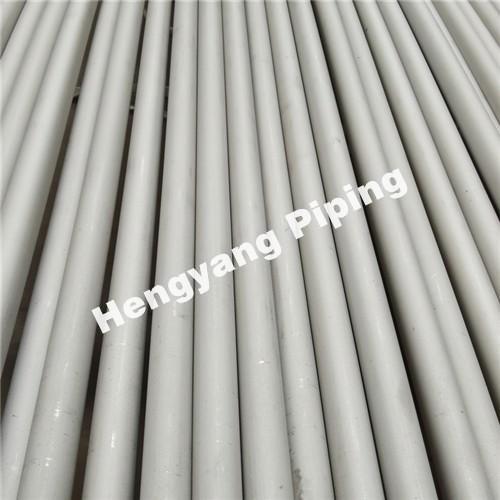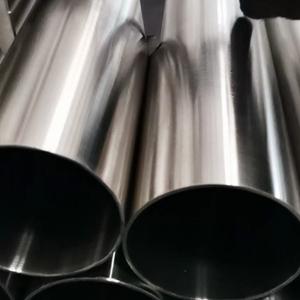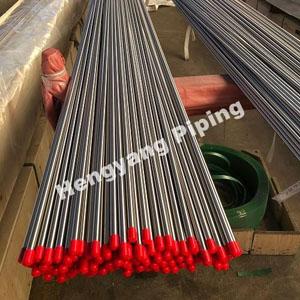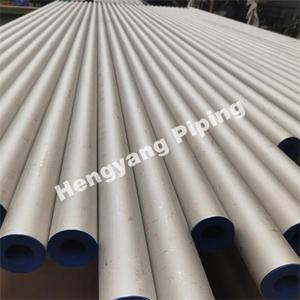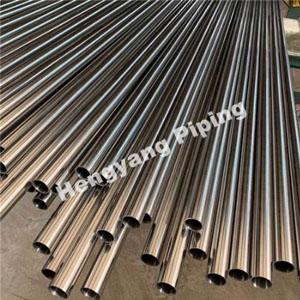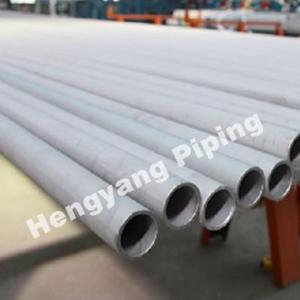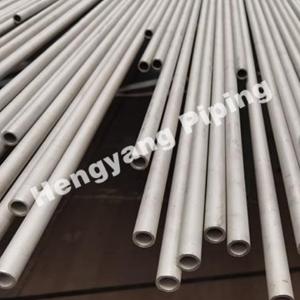What Is the Difference Between Austenitic and Duplex Stainless Steels?
Duplex stainless steels have a two-phase micro structure of austenitic and ferritic steels. Mechanical properties of duplex stainless steel depend on the relative amounts of ferrite and austenite forming elements present in the composition. Main alloying elements (other than iron) for the most popular 2205 grade are Chromium (21 -23%), Nickel (4.5 – 6.5%) and Molybdenum (2.5- 3.5%).
Difference Between Austenitic and Duplex Stainless Steels
Austenitic Stainless Steels:
Due to their reliable corrosion resistance and excellent mechanical properties, austenitic stainless steels stand as the most frequently utilized grades in the stainless steel family. This category can be loosely divided into three groups:
1. Common chromium-nickel (300 series)
2. Manganese-chromium-nickel-nitrogen (200 series)
3. Specialty alloys
Distinguished by their non-magnetic properties and fully austenitic grain structure, these steels are highly formable, easily welded, and maintain ductility even in cryogenic temperatures. However, austenitic stainless steels may be susceptible to sensitization of the weld heat-affected zone and weld metal hot cracking. This can be mitigated by opting for lower carbon content grades, such as 316L instead of 316.
Due to its cost competitiveness and widespread availability, austenitic stainless steel finds application in numerous industrial and consumer sectors. Notable uses include chemical plants, power plants, and equipment for food processing and dairy.
Duplex Stainless Steels:
Duplex stainless steels are made up of a combination of both austenite and ferrite microstructures. Consequently, they are much higher strength and resistant to stress corrosion cracking, although slightly harder to fabricate and with a lower toughness. They are suitable for use in applications between -50degC and +250degC. Due to their increased strength and corrosion resistance, they are suitable for applications in more aggressive environments, such as Oil & Gas, chemical process industries and marine environments.
Properties of Duplex Stainless Steel:
Mechanical Strength
Duplex Stainless steels have higher mechanical strength than austenitic grades and ferritic grades. It permits use of thinner sections and helps in weight reduction. Machining of duplex stainless steel is difficult and slower compared to austenite, owing to its higher mechanical strength.
Corrosion Resistance
Duplex Stainless Steel grades exhibit corrosion resistance properties that are comparable to or even surpass austenitic grades. The higher Chromium content, coupled with Molybdenum, imparts superior resistance to pitting and crevice corrosion. The Pitting Resistance Equivalent Number (PREN) is employed to categorize grades based on their pitting resistance, where a higher PREN number indicates increased resistance to pitting corrosion.
Stress Corrosion Cracking (SCC) Resistance
While austenitic grades are prone to SCC, ferritic grades offer higher resistance to this type of corrosion. Duplex Stainless Steels demonstrate improved SCC resistance compared to austenitic grades but are still not as resistant as ferritic stainless steel grades. In duplex stainless steel grades, SCC initiation occurs in the austenitic region but is halted at the ferritic crystal structure at the boundary. This prevents crack propagation, enhancing uptime.
Welding
Welding duplex stainless steel is more challenging than welding austenite. Precise control over heat input and cooling rate is essential to prevent the formation of undesired intermetallic phases.
Advantages of Duplex Stainless Steel Compared to Austenitic Counterparts:
1. Higher Strength for Thinner Gauges:
The elevated strength of duplex stainless steel allows for the utilization of thinner gauges, proving advantageous in scenarios where lighter fabrications are desired.
2. Resilience to Nickel Price Fluctuations:
Stainless steel prices are predominantly influenced by the cost of a key commodity, namely Nickel. Duplex stainless steel contains relatively low Nickel content, providing immunity to fluctuations in commodity prices. This characteristic contributes to the stability of Duplex stainless steel costs.
Both of these factors collectively make Duplex stainless steel a cost-effective option with superior properties tailored for specific applications.
